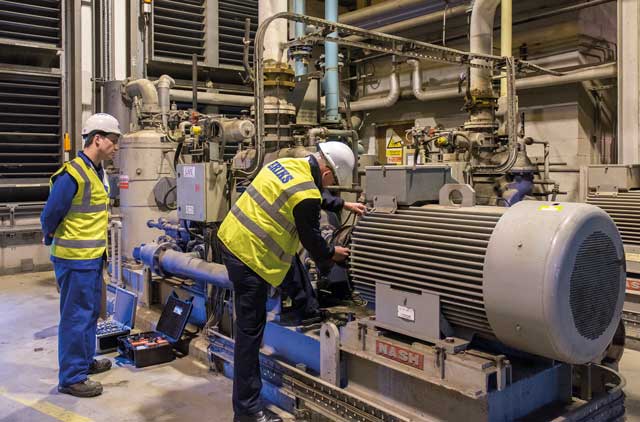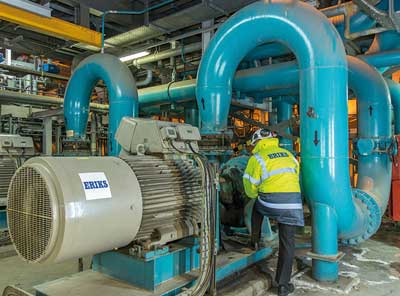
Knowing how essential your assets are to your business and production helps prioritise maintenance work and achieve significant reliability and productivity improvements. Tom Boswell, reliability engineering manager of industrial services provider ERIKS, explains how a criticality assessment contributes to effective asset management.
Many organisations are simply unaware which assets are truly critical to their operations. Most often, the identification of critical assets is based on historic failures and the extent of damage or downtime these have caused. Though this seems straightforward and logical, it doesn’t take into account other factors which are equally important.
A proper criticality assessment takes a holistic approach, considering a much wider range of factors such as availability of spares and asset condition as part of the equation. It allows businesses to adopt a more efficient and cost-effective approach to asset maintenance, ultimately improving reliability while reducing the risk of downtime and the total cost of owning an asset.
Static factors
The first step in the assessment is to decide which factors contribute to an asset’s criticality and rate them according to objective criteria. These factors can be static or dynamic. Which static aspects should be assessed, and how the criteria should be drawn up are dependent on the objectives, needs and processes of a business: an asset failure which is extremely detrimental to one organisation may not pose the same level of risk to another. For this reason, how these aspects are rated is informed by data specific to the operations of each business.
So, for example, the effect of equipment failure on human and environmental safety and on the production process, mean time to repair, maintenance costs and quality can all be considered static factors.
Dynamic factors
Dynamic elements are more complex and change over time – for example the condition of an asset or availability of spare parts. They can be more objectively quantified.
It is important to understand the failure modes of assets and how they affect the criticality level – a process otherwise known as FMECA (failure mode effects and criticality analysis). The probability of each failure mode occurring is analysed alongside their failure curve and the severity of their consequences. A risk priority number is then calculated, and examined together with the static factors to give a final criticality score.

A criticality assessment informs how maintenance should be planned. In doing so, unnecessary actions may be revealed. Instead of performing maintenance and repair jobs without a proper insight into whether they are necessary, and consequently wasting resources, businesses can use their staff and budget more effectively by concentrating on assets according to their level of criticality. Key assets which have a high failure curve can be flagged up and monitored more closely, with spares lined up if they are difficult to obtain.
This means that a business should make sure its indirect supply chain can support critical assets. This will affect not only when spares should be procured, but also where they should be stored: it may be preferable to store spares for a key component on site or at a nearby location. Stocks of spares for parts which are less crucial can be reduced.
With finite resources to maintain assets, keep production running and avoid downtime, conducting a criticality assessment may not seem like a priority. But avoiding downtime is precisely why it should not be overlooked. By taking a holistic approach which takes into account the priorities and operational needs of your business, the criticality level of equipment can be clearly defined.
This in turn helps maintenance engineers to work more effectively on the factory floor or in the field, and align procurement decisions with production needs, both of which will reduce downtime, extend machine life and improve reliability.
For more information, visit www.eriks.co.uk

